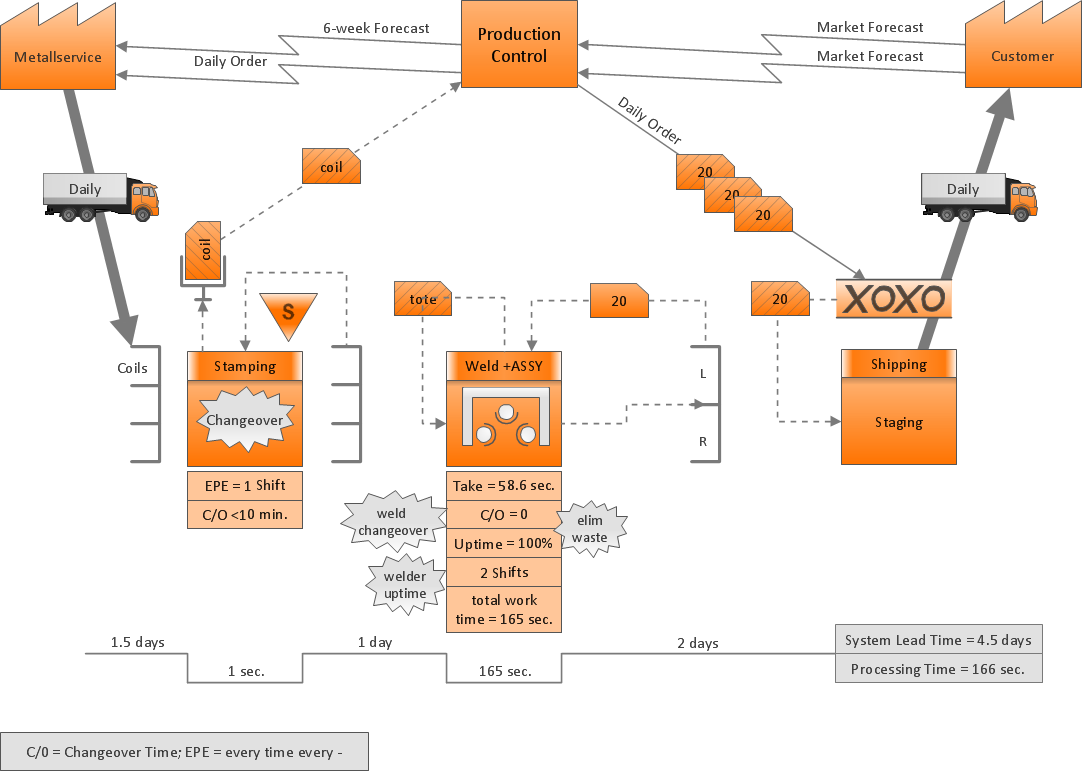ConceptDraw Arrows10 Technology
Connecting objects manually in ConceptDraw PRO is a snap: - points; - Connecting groups of objects; - Auto-routing; - Connectors text; - Snap to Guides ; - Quick.- Sequential Flow Chart Examples
- Basic Flowchart Symbols and Meaning | Process Flowchart ...
- Process Flowchart | Basic Flowchart Symbols and Meaning | Work ...
- Example Of Sequential Flowchart
- Basic Flowchart Symbols and Meaning | Euclidean algorithm ...
- Basic Flowchart Symbols and Meaning | Business Process ...
- Example Of A Sequential Flow Chart
- Sequential Flow Chart Symbols
- Explain Sequential Flow Chart With Suitable Example
- Steps in the Accounting Process | How to Create Flowcharts for an ...
- Flowchart Examples and Templates | Diagram Flow Chart | Flow ...
- Basic Flowchart Symbols and Meaning | Business Process ...
- Flow process chart | Process Flowchart | Flow chart Example ...
- Types of Flowcharts | Types of Flowchart - Overview | Basic ...
- Basic Flowchart Symbols and Meaning | Types of Flowchart ...
- Cross Functional Flowchart Shapes Stencil | Cross-functional ...
- Material Requisition Flowchart . Flowchart Examples | Data Flow ...
- Basic Flowchart Symbols and Meaning | How to Draw a Flowchart ...
- Steps in the Accounting Process | Basic Flowchart Symbols and ...
- Discussion On Set Of Sequential Step
